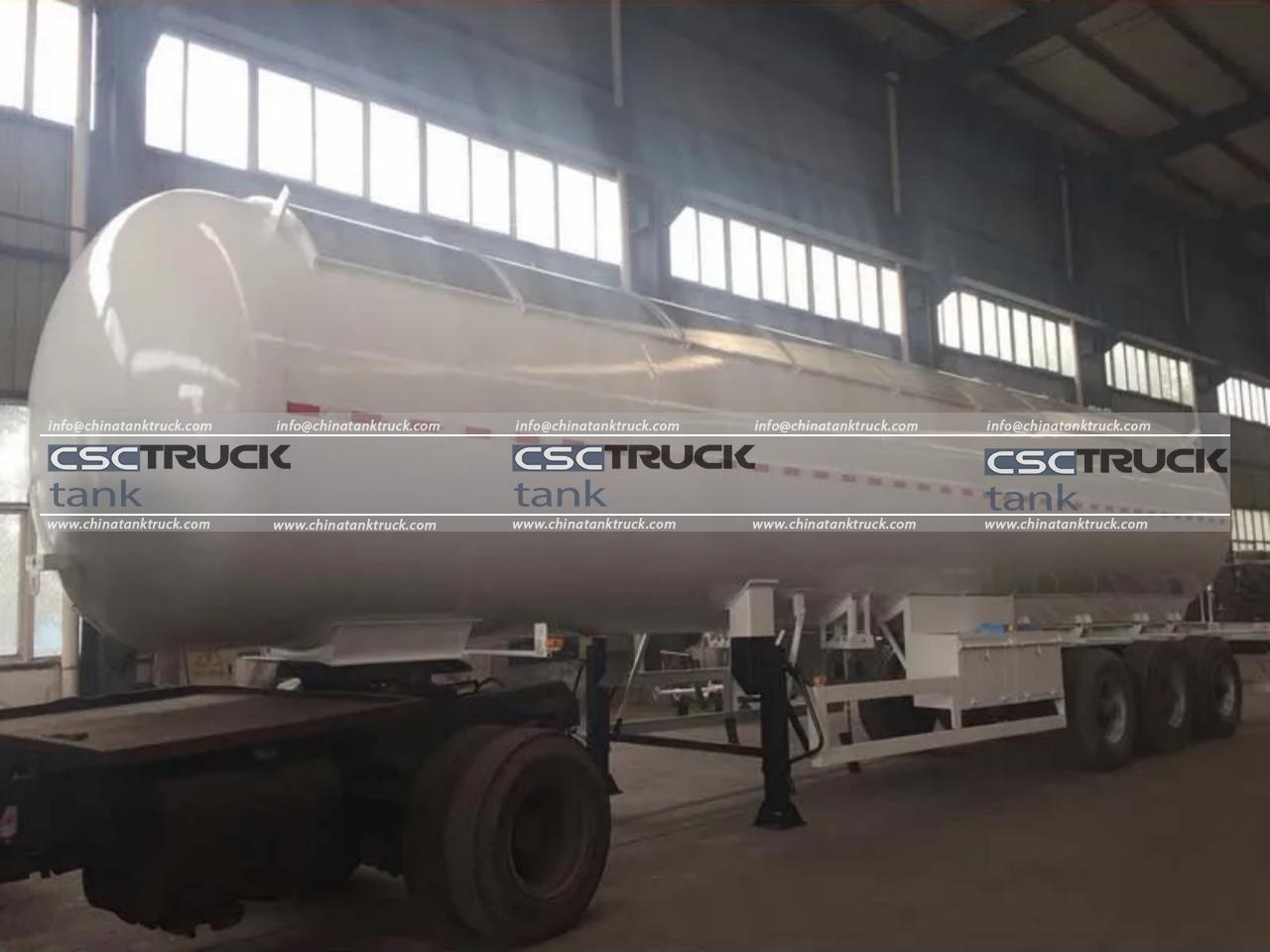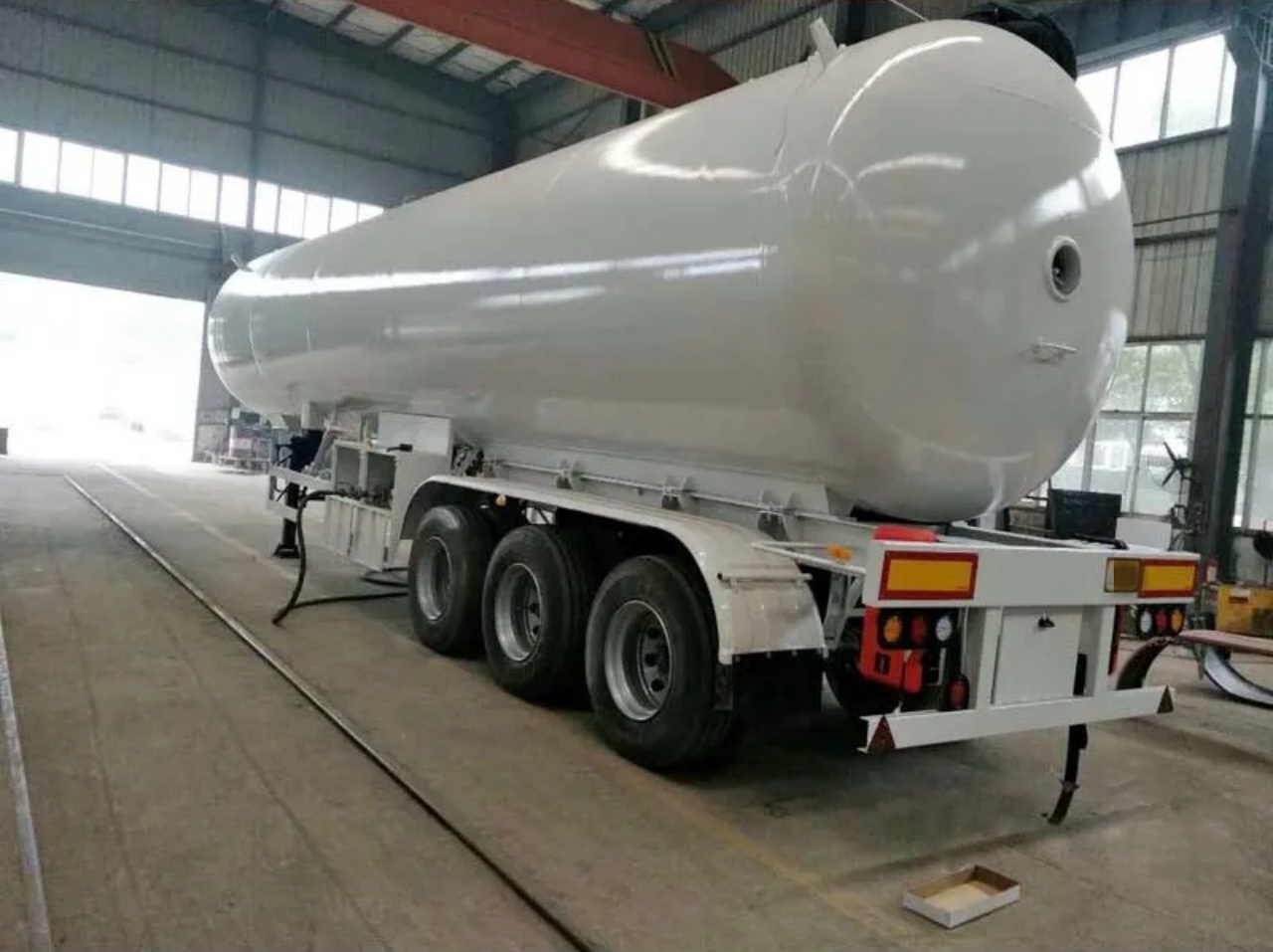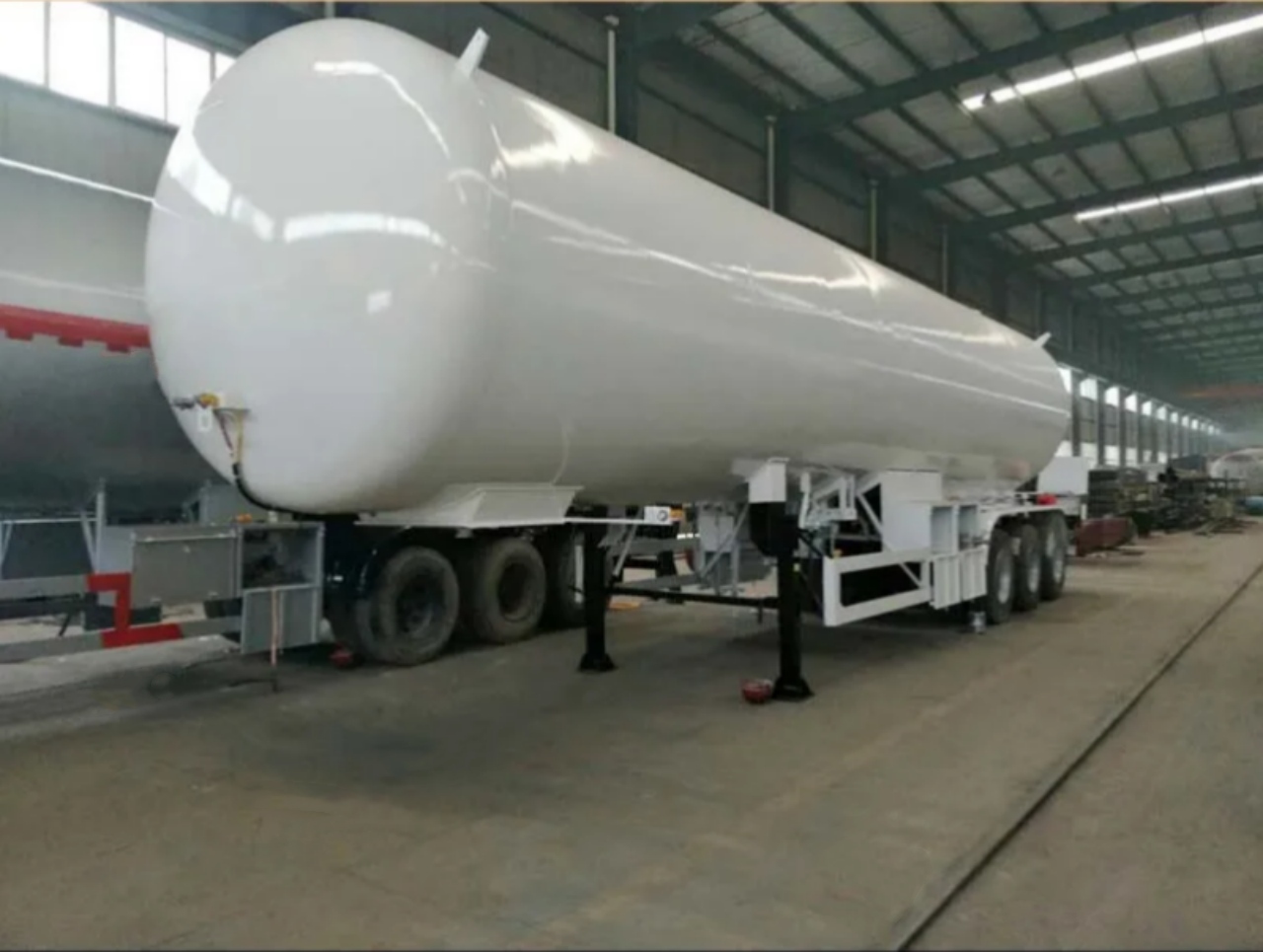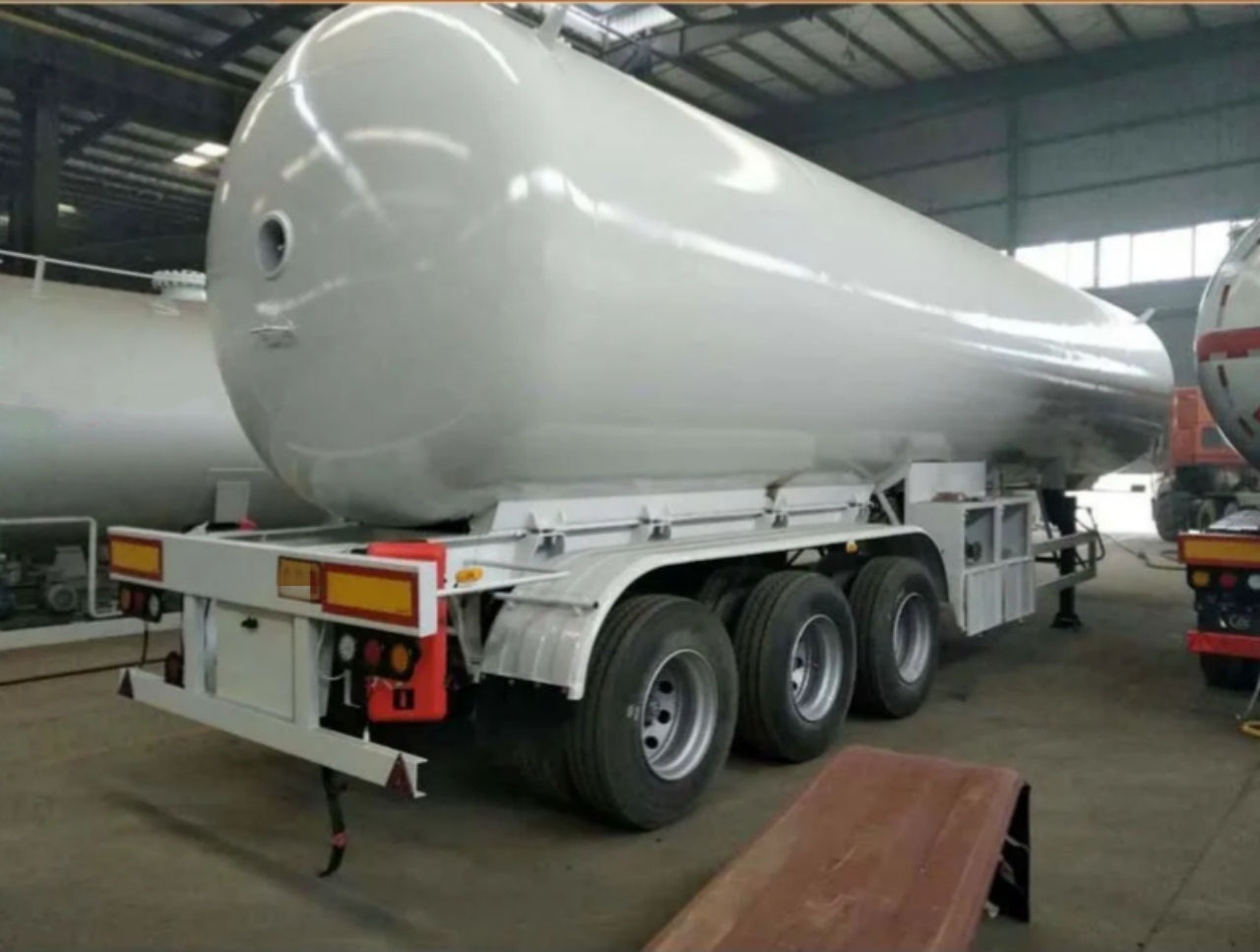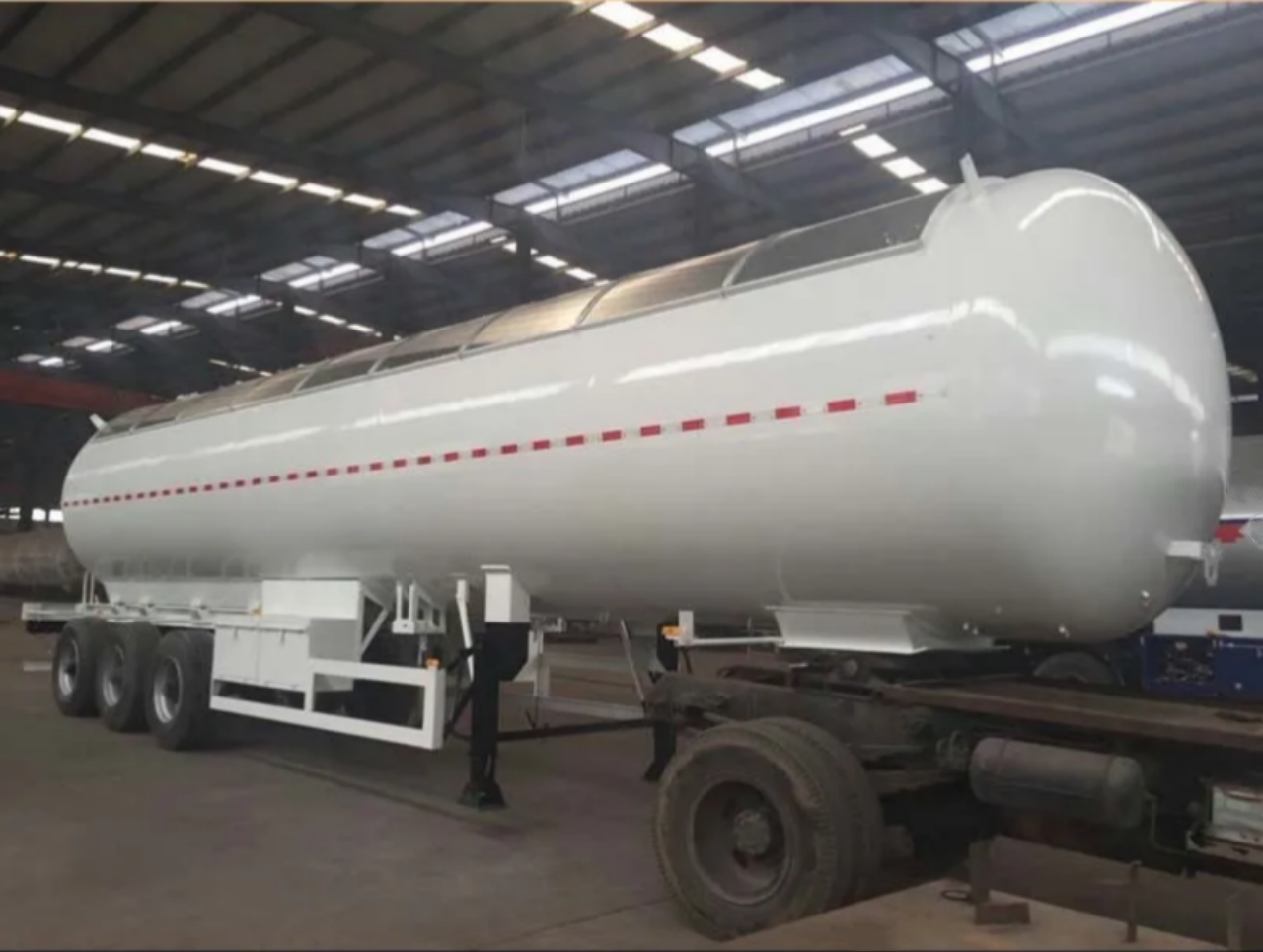Liquefied petroleum gas (LP gas) and propane are terms that are often used interchangeably, especially in everyday conversation, but there are important distinctions between them. Understanding these differences is essential for anyone who uses gas for heating, cooking, powering vehicles, or operating industrial equipment. This article explores the technical composition, common uses, storage, safety, and regulatory aspects of LP gas and propane, providing clarity on a topic that often confuses.
Understanding LP Gas
LP gas, short for liquefied petroleum gas, is a generic term that refers to a group of hydrocarbon gases that can be compressed into liquid form at moderate pressure. The most common components of LP gas are propane (C₃H₈) and butane (C₄H₁₀), although propylene and other gases may also be present in small amounts.
LP gas is produced during natural gas processing and crude oil refining. Its composition can vary depending on geographic location, intended use, and season. For example, in colder climates, propane is preferred due to its lower boiling point, while butane may be added to LP gas mixtures in warmer conditions.
In short, LP gas is a category of fuel gases, and propane is one specific type within that category.
What Is Propane?
Propane is a hydrocarbon gas that falls under the umbrella of LP gases. It is a colorless, odorless gas (an artificial odorant, usually ethyl mercaptan, is added for safety detection). Propane is stored and transported in a liquefied state under moderate pressure and is widely used in residential, commercial, agricultural, and industrial settings.
Its chemical formula is C₃H₈, and it belongs to the alkane family of hydrocarbons. Propane is popular due to its high energy content, portability, and clean-burning properties.
Key Differences Between LP Gas and Propane
Although propane is a type of LP gas, the differences between the terms are significant, especially when it comes to application and context. Below are the major distinctions:
1. Composition
- LP Gas: Can include propane, butane, isobutane, or a mixture of these gases.
- Propane: A pure component gas (C₃H₈), often used on its own or as the primary component in LP gas mixtures.
In the United States, “LP gas” is typically almost pure propane (over 90%), while in other countries, such as Australia or the UK, LP gas might contain varying proportions of propane and butane.
2. Boiling Point
- Propane: Has a boiling point of -42°C (-44°F), which makes it ideal for use in colder climates.
- Butane (in LP gas): Has a higher boiling point of -0.5°C (31°F), making it less effective in freezing conditions.
This temperature difference is crucial when selecting fuel for outdoor or cold-weather use.
3. Energy Content
- Propane: Offers about 91,500 BTUs per gallon.
- Butane: Slightly higher at around 102,000 BTUs per gallon, but its higher boiling point limits its effectiveness in cold environments.
Because LP gas can be a blend, the actual energy content can vary depending on the proportions of propane and butane.
4. Pressure Requirements
- Propane: Requires a higher vapor pressure than butane to remain in a liquid state. This allows propane to be stored in standard steel tanks under moderate pressure.
- LP Gas (with butane blends): Requires lower pressure and is more volatile at higher temperatures, which makes storage and transport considerations different.
5. Usage and Applications
- Propane: Commonly used for heating homes, fueling BBQ grills, water heaters, agricultural dryers, and as a fuel for fleet vehicles.
- LP Gas: Depending on the blend, it may be used for similar applications but is more common in international markets for vehicle fuel, portable stoves, and camping equipment.
Common Misconceptions
Because the terms LP gas and propane are often used interchangeably in casual speech, many people assume they are identical. While in some contexts (like in the U.S.) this may be functionally true due to the purity of propane in the LP gas supply, the global variability in gas mixtures makes it important to distinguish the terms.
For example, purchasing “LP gas” in the U.S. generally gets you propane, while the same term in the UK might refer to a mix of propane and butane, leading to different performance characteristics.
Storage and Safety
Both propane and LP gas are stored in pressurized tanks and cylinders in a liquefied state. Upon release, the liquid turns back into a gas due to the pressure drop.
Safety is a top priority with either fuel:
- Odorant added: Both are naturally odorless, so ethyl mercaptan is added to alert users in case of leaks.
- Proper ventilation: These gases are heavier than air and can accumulate in low areas, creating a risk of explosion.
- Storage guidelines: Tanks should be stored outdoors and away from heat sources.
Equipment such as regulators, valves, and piping systems is designed to handle specific pressures and gas compositions. Using the wrong gas for the wrong system can result in equipment failure or hazardous conditions.
Regulatory Standards
In the United States, the purity and standards of propane are governed by the American Society for Testing and Materials (ASTM), specifically ASTM D1835. This specification ensures that propane used for fuel meets consistent quality standards. In contrast, LP gas blends used elsewhere may follow different national standards, affecting combustion efficiency and equipment compatibility.
Environmental Considerations
Propane is considered one of the cleanest-burning fossil fuels. It emits fewer greenhouse gases than gasoline or diesel and contains virtually no sulfur. Because of these attributes, propane is recognized as an alternative fuel under the U.S. Clean Air Act.
LP gas mixtures, depending on their butane content and use, may produce slightly different emissions. However, both propane and LP gas generally offer a lower-emissions alternative to traditional fossil fuels.
Conclusion
In summary, while propane and LP gas are closely related, they are not the same. Propane is a specific type of LP gas, often used on its own for a variety of applications, especially in colder climates. LP gas, on the other hand, can include a mix of propane, butane, and other hydrocarbons, and is more of a broad category.
Understanding the difference matters when choosing fuel for heating, cooking, or industrial purposes, particularly when safety, efficiency, and climate suitability are at stake. Whether you’re a homeowner heating your house, a business managing a propane-powered fleet, or a traveler using gas for camping, knowing what you’re using—and how it’s supposed to work—makes all the difference.
